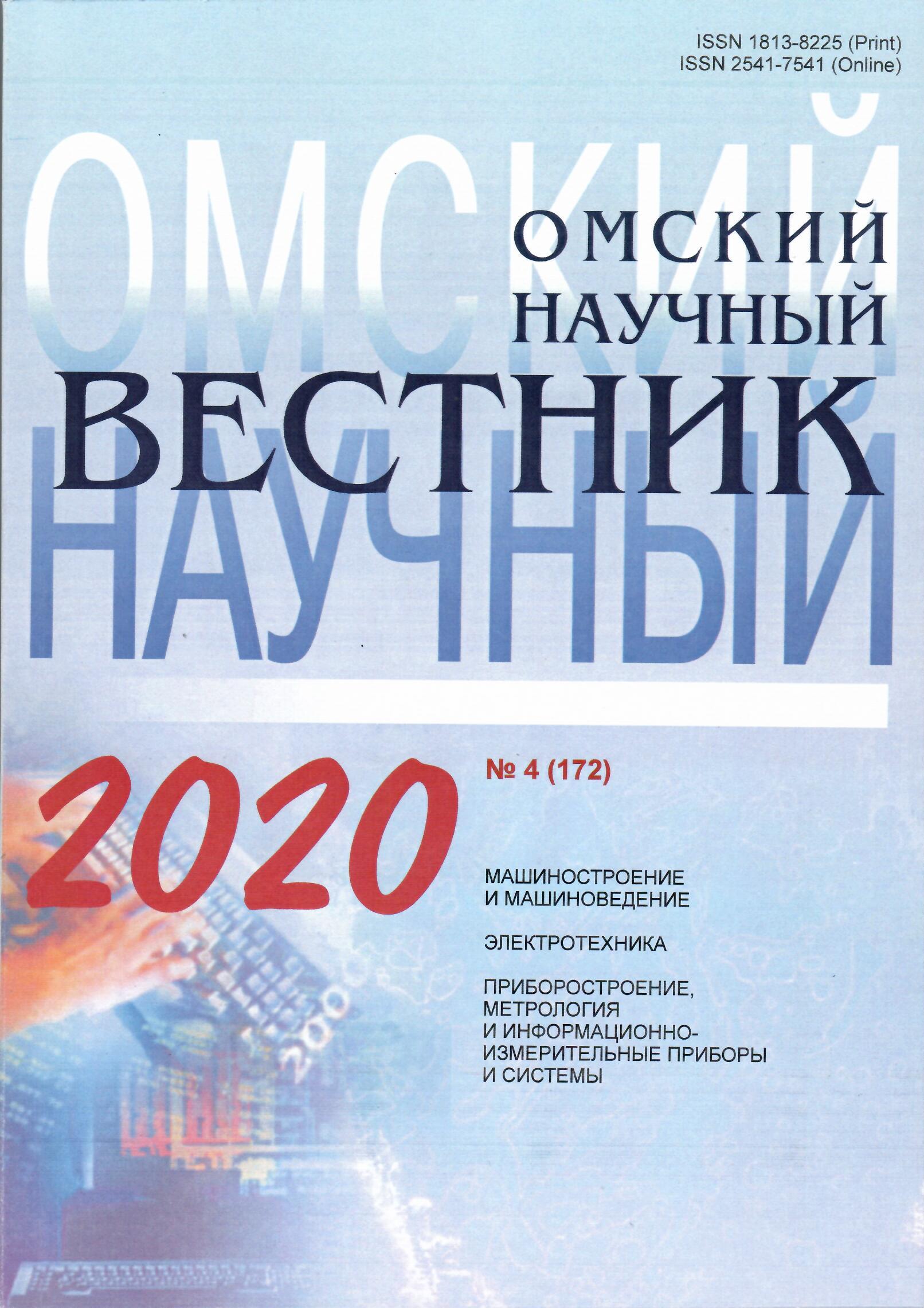The effect of vacuum annealing on structure of composites based on multi-walled carbon nanotubes and tin oxide formed using the magnetron sputtering method
DOI:
https://doi.org/10.25206/1813-8225-2020-172-89-93Keywords:
multi-walled carbon nanotubes, tin oxide, composite, X-ray photoelectron spectroscopy, vacuum annealingAbstract
Using the method of X-ray photoelectron spectroscopy (XPS) and transmission electron microscopy, the effect of heat treatments under ultrahigh vacuum on the structure and chemical composition of composites based on multi-walled carbon nanotubes (MWCNTs) and tin oxide formed using the magnetron sputtering is studied. The processes occurring in the composite at various temperature conditions of heat treatment are determined. It is shown that vacuum annealing of the composite at a temperature of 500 °С leads to homogenization of the composition of the metal oxide component due to the disproportionation of oxide Sn (II) with the formation of a more stable oxide Sn (IV). With an increase in the temperature of vacuum annealing to 800 °C, oxide Sn (IV) is reduced to tin metal upon interaction with carbon. The results obtained in this work can be used for directional modification of the structure of composites based on nanostructured carbon materials and tin oxide.
Downloads
Published
How to Cite
Issue
Section
License
Non-exclusive rights to the article are transferred to the journal in full accordance with the Creative Commons License BY-NC-SA 4.0 «Attribution-NonCommercial-ShareAlike 4.0 Worldwide License (CC BY-NC-SA 4.0»)




